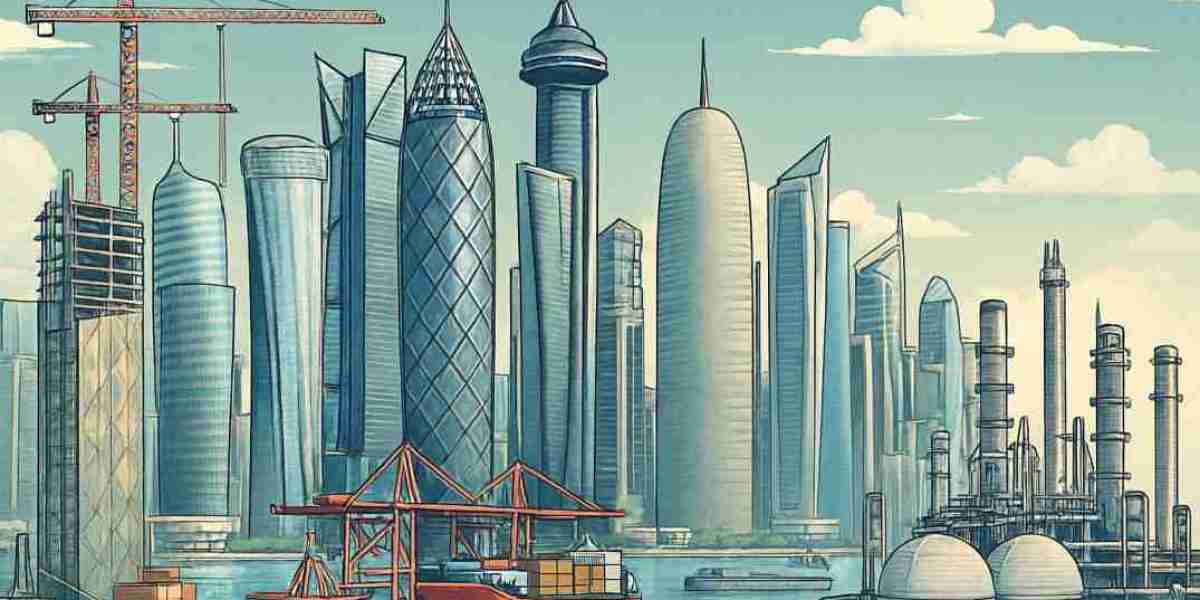One of the key attractions for entrepreneurs and foreign investors is company formation in Qatar, made more promising by a diversified economy that goes well beyond hydrocarbons. While oil and natural gas remain foundational, Qatar has been intentionally expanding into multiple sectors to ensure sustainability, resilience, and long-term growth. The main industries now driving economic success are varied and interlinked, forming a strong base for trade, innovation, infrastructure, and human capital development. Below, we examine the major sectors propelling Qatar into a dynamic future.
1. Oil and Gas
At the core of Qatar’s wealth remains its oil and gas sector. The country is among the top global exporters of liquefied natural gas (LNG), largely due to its vast North Field, one of the largest non-associated gas fields in the world. Entities like QatarEnergy dominate this space. A large share of government revenue and GDP still comes from this sector.
2. Construction and Infrastructure
Massive investment into infrastructure has defined the recent growth trajectory of Qatar. Projects such as new stadiums for the 2022 FIFA World Cup, Hamad International Airport, and high-profile developments like The Pearl-Qatar are symbols of this drive. These aren’t just landmark build-outs; they are part of the wider roadmap under the Qatar National Vision 2030.
3. Financial Services
Qatar’s financial sector has evolved into a regional hub for banking, insurance, asset management, and fintech. The Qatar Financial Centre and Doha Stock Exchange are key institutions drawing foreign investment and boosting regulatory frameworks to support this growth.
4. Tourism, Hospitality, and Aviation
Tourism and hospitality have gained momentum, especially following the visibility from global events like the World Cup. Investments have flowed into hotels, resorts, cultural sites, and tourist-friendly infrastructure such as museums and traditional marketplaces. Parallelly, aviation plays an essential role: Hamad International Airport and Qatar Airways connect Doha to over 160 destinations. The aviation sector not only facilitates tourism but also reinforces trade and logistics.
5. Manufacturing and Industrial Expansion
Qatar is boosting its manufacturing capabilities, especially in petrochemicals, steel, fertilizers, and construction materials. The goal is to grow non-hydrocarbons contributions to GDP. Free Zones and industrial strategy reforms provide incentives for both domestic and foreign firms to build advanced value chains. Innovation, higher-value production, and export orientation are central to this expansion.
6. Healthcare, Education, and ICT
Human development is front and center in Qatar’s plans. The healthcare sector continues to receive large investment, with centres such as Hamad Medical Corporation and Sidra Medicine forging capabilities in specialized services and research. The education sector similarly is expanding, with international universities and technology-enabled learning being part of the mix. In tandem, Information and Communication Technology (ICT) is being developed through digital transformation, homeland cybersecurity, smart city programs, and government initiatives like TASMU. These sectors are not just beneficial for the people; they are engines for innovation and competitiveness.
7. Agriculture and Food Security
To reduce dependency on imports, Qatar is investing to improve its food production systems. Programs in agriculture and vertical farming seek to boost self-sufficiency. One target is to produce a major share of food locally, backed by government-led initiatives and strategic planning. Food security and resilient supply chains have become priority goals.
Conclusion
Qatar’s economic growth is underpinned by a smart diversification strategy. By pushing forward in energy and hydrocarbons, while also heavily investing in finance, infrastructure, manufacturing, technology, human capital, and food security, the country is building a multifaceted economy. For business formation, this means vast opportunities across sectors, especially those aligned with national priorities like innovation, sustainability, and export growth. As Qatar progresses towards its Vision 2030 goals, its success will increasingly hinge on striking the balance between resource-based strengths and new-economy investments.







